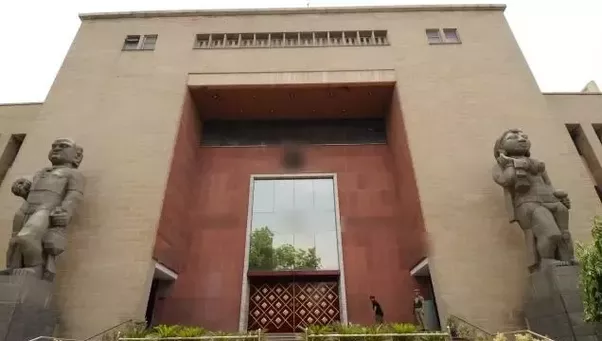
14th Floor, Gopal Das Bhawan, 28, Barakhamba Road, New Delhi 110 001India
Tel: (91) 11 4213 0000 / Fax: (91) 11 4213 0099
Email: vineet.aneja@clasislaw.com • abhishek.singla@clasislaw.com Web: www.clasislaw.com
 By way of a circular dated May 5, 2017 (Circular), the Reserve Bank of India (RBI) amended the Framework for Revitalising Distressed Assets in the Economy — Guidelines on Joint Lenders’ Forum (JLF) and Corrective Action Plan (CAP) dated February 26, 2014 (Framework). Upon receiving presidential assent to the Banking Regulation (Amendment) Ordinance, 2017 (Ordinance), the RBI issued the instant Circular.
By way of a circular dated May 5, 2017 (Circular), the Reserve Bank of India (RBI) amended the Framework for Revitalising Distressed Assets in the Economy — Guidelines on Joint Lenders’ Forum (JLF) and Corrective Action Plan (CAP) dated February 26, 2014 (Framework). Upon receiving presidential assent to the Banking Regulation (Amendment) Ordinance, 2017 (Ordinance), the RBI issued the instant Circular.
This Ordinance introduced two new sections, ie Section 35AA and Section 35AB, which provide certain additional powers to the RBI. Firstly, the RBI (after receipt of an order from the Indian government) can now issue directions to a banking company to initiate insolvency resolution proceedings as provided under the Insolvency and Bankruptcy Code, 2016, against defaulters. Secondly, in addition to the above, the RBI can issue any other directions, as it deems fit, to a banking company for resolving the stressed assets issue and, thirdly, the RBI can also constitute authorities/committee(s) for advising the banks on resolution of stressed assets. The RBI has assumed new functions which put it in the category of a decision-maker as well as a regulatory authority.
Moreover, what needs to be highlighted here are the key features which have brought about a sea of change in the Framework. (1) The decisions agreed upon by a minimum of 60 percent of creditors by value and 50 percent of creditors by number in the JLF would now be considered as the basis for deciding the CAP, and will be binding on all lenders. This has been done with a view to make the decision-making process in the JLF quicker. (2) Any no-adherence to timelines or instructions of the Framework by the banks shall attract the monetary penalties on the concerned banks. (3) The nature of obligations of the banks comprising of the JLF is now mandated to be unconditional, ie there is absolutely no scope left for any lender to seek for alteration in the CAP, where a bank may very much exit the JLF if it dissents with the final decisions, by selling their exposures to another lender within the stipulated timelines. However, if a bank is unable to substitute itself then it is bound to abide by the decision of the JLF. (4) The boards of the banks are now supposed to empower their executives to implement the JLF independently without seeking their further approval, hence reducing intervention from the board and thus de-cluttering the already elaborate procedure.
It is now established that the Indian government and RBI are taking every step possible to curb and aggressively tackle the issue of bad debts. However, a question which would answer itself at a later stage is whether the RBI will be able to handle such intricate and demanding responsibilities which the Ordinance establishes on it alongside its existing responsibilities.
The introduction of the Ordinance has been termed as “credit positive” by the credit rating agency Moody’s, however it has further elaborated that the Ordinance does not address the key structural issues which are present in the banking industry such as the lack of capital in the state-owned banks to bring down the Non-Performing Assets (NPAs) to more realistic levels which raise doubts with regard to the level of success this change would bring in. Further, the applicability of Section 35AA & 35AB seems to be restricted to “banking companies” only and does not apply to non-banking financial companies. Also, the chance of a parallel claim being initiated by the member exiting the JLF due to its dissent with regards to the decision is yet to be resolved.
This grant of power and authority to the RBI for the resolution of stressed assets will act as a precedent in the future for handling NPAs efficiently. However, the performance and outcome of this Ordinance and further the Circular would be tested only upon actions taken by the RBI over stressed assets in the near future.


